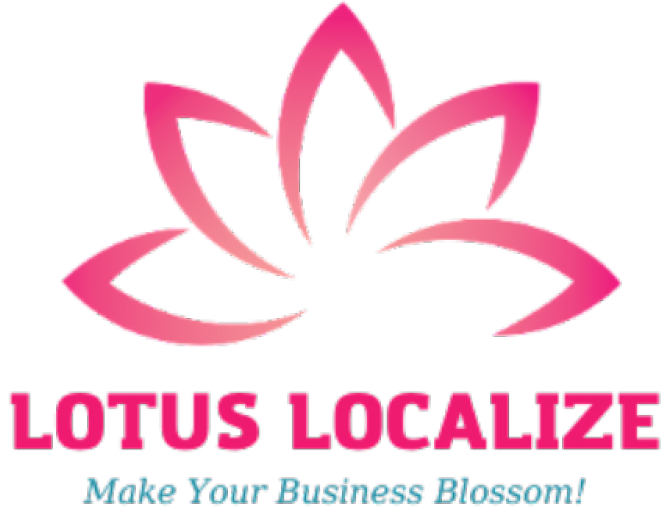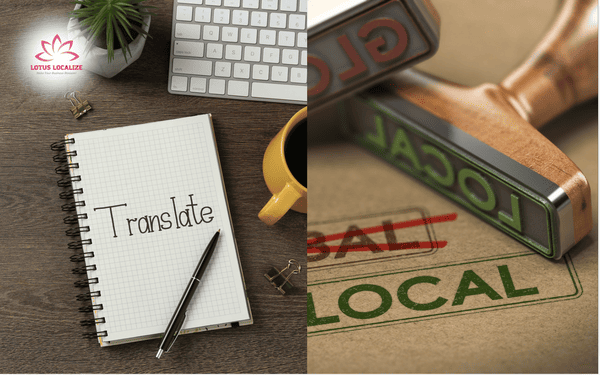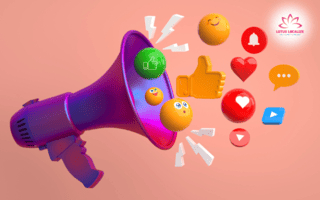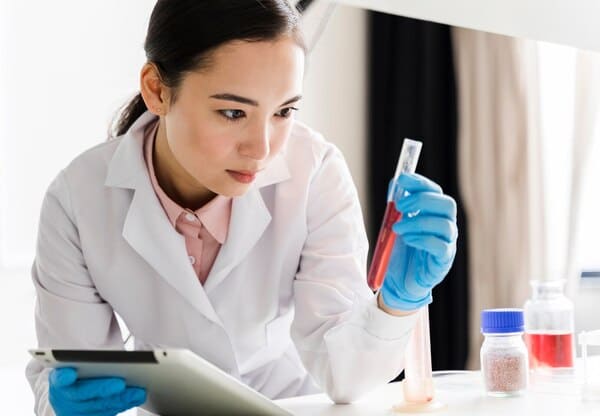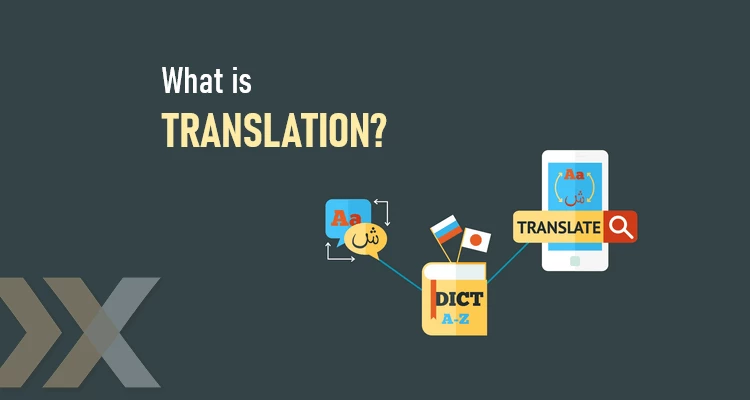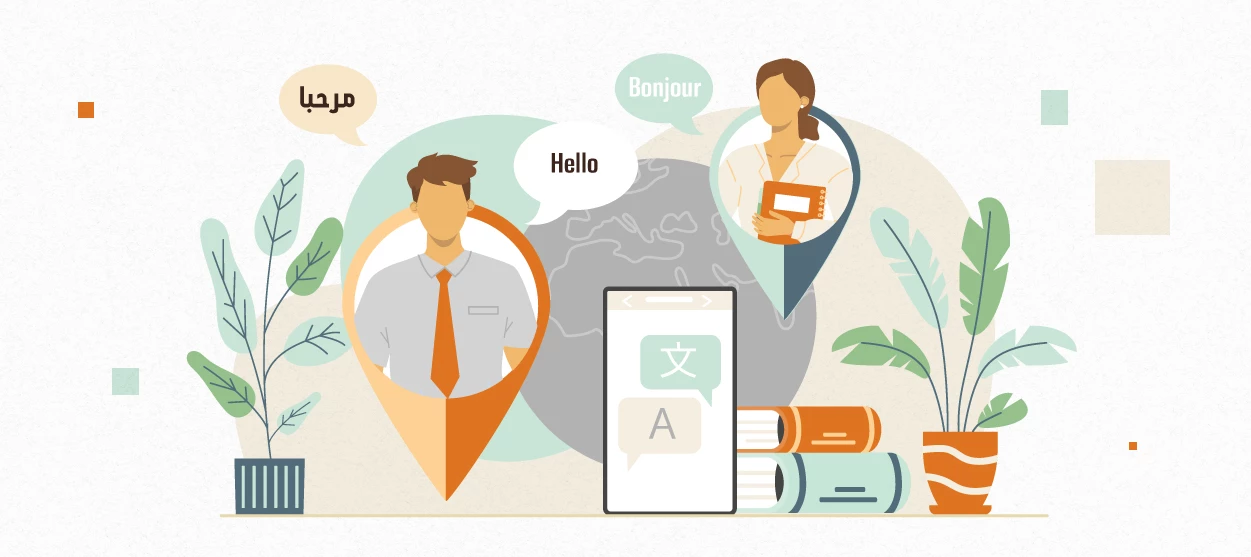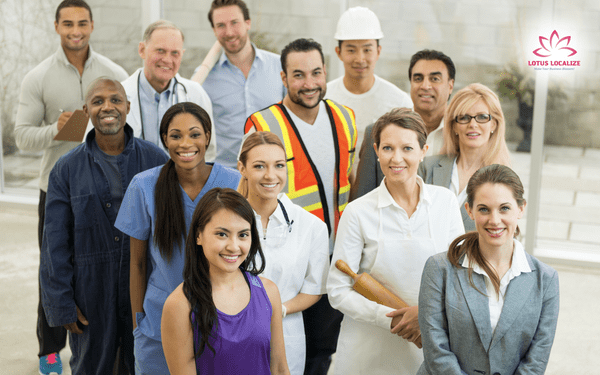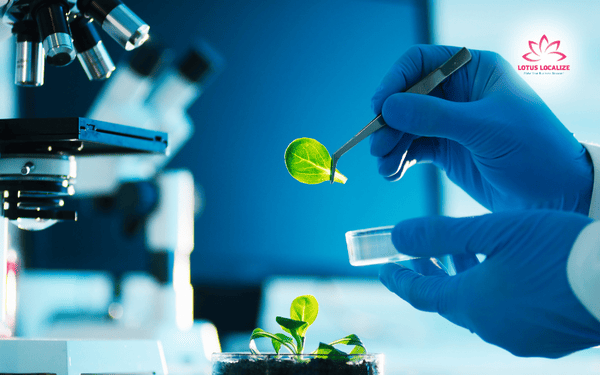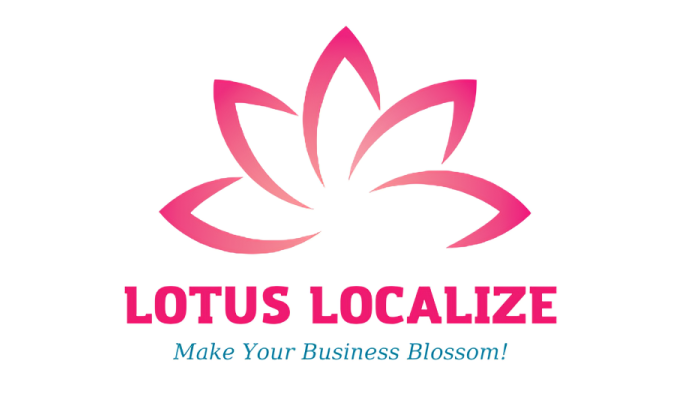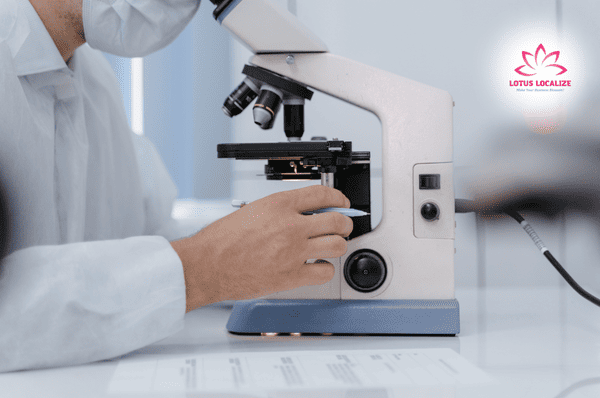
Getting medical patent translation right – Avoid mistakes, protect innovation
In the fast-moving world of medical innovation, a single patent can be worth millions – protecting life-saving discoveries, or revolutionary diagnostic tools. But if your medical patent isn’t understood clearly across borders, that protection is at risk.
Medical patent translation is not your typical translation task. It’s a high-stakes process that combines technical medical knowledge, legal accuracy, and deep familiarity with international intellectual property (IP) standards. One misused term or misunderstood phrase can derail years of research and delay market entry in key regions.
In this article, we’ll break down what makes medical patent translation so specialized, the common pitfalls to avoid, and how to choose the right provider to get it right the first time.
Why precision in medical patent translation is key to market success
A patent is only as strong as its language. In the context of medicine and life sciences, patents often cover highly complex inventions involving pharmaceuticals, biotechnology processes, medical devices, or laboratory diagnostics.
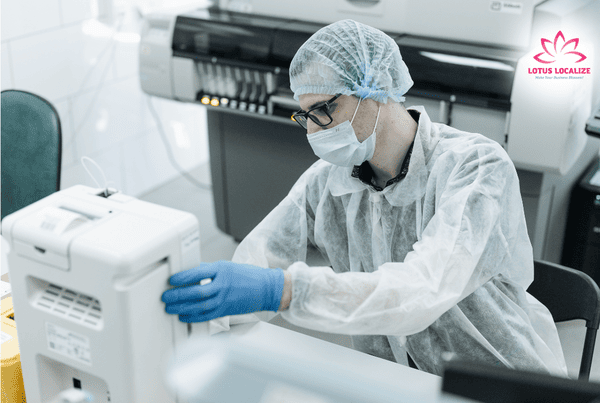
To obtain patent protection internationally, these documents must be filed in different languages – each adhering to the linguistic, scientific, and legal standards of the target jurisdiction.
Here’s why accurate translation matters:
- Regulatory compliance: National patent offices have strict requirements. A vague or inaccurate translation can lead to rejections or costly revisions.
- Legal protection: In case of infringement, a poor translation can weaken your legal standing in court.
- Market access: Faster and clearer approval means quicker product launch — a major competitive advantage in fast-evolving markets.
Read more: Laboratory report translation: Ensuring accuracy and clarity in scientific communication
What makes medical patent translation different?
Unlike general or even standard technical translation, medical patent translation is uniquely challenging for several reasons:
Dual-domain complexity
Medical patents lie at the intersection of two highly specialized domains: medicine and intellectual property law. Translators must understand not only the technical features of the invention but also how those features are claimed legally.
For example, translating a new drug formulation involves:
- Pharmaceutical terminology (e.g., excipients, bioavailability, dosage forms)
- Mechanisms of action and biochemical processes
- Legal phrasing that outlines novelty and scope of protection
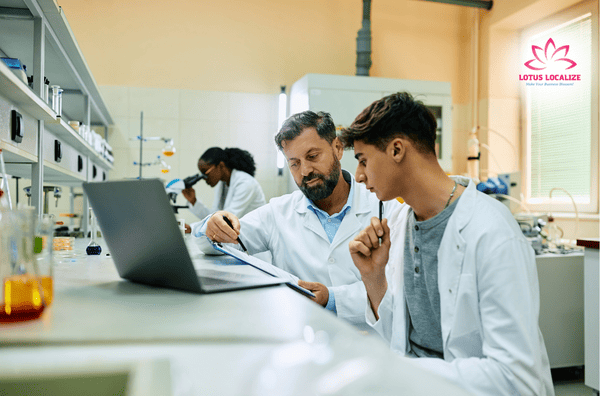
Standardized but evolving terminology
Patents often rely on International Nonproprietary Names (INNs), classifications by the WHO or local health authorities, and scientific conventions. At the same time, each country might have unique terminology conventions enforced by its regulatory bodies (like EMA in the EU or FDA in the U.S.). Consistency and up-to-date knowledge are crucial.
Jurisdiction-specific language
Legal systems vary widely in how they phrase claims and what wording is permissible. A term acceptable in a Japanese patent filing may not pass examination in Europe.
Skilled translators must tailor content to the requirements of each region without altering the intended meaning of the original claims.
Read more: How to get pharmaceutical label translation right: A complete guide
Common challenges in translating medical patents
Despite the value of medical patents, many translations fall short due to avoidable but critical errors. Common challenges include:
Complex sentence structures
Medical patents are known for long, technical, and often convoluted sentences, especially in the “claims” section. Translating them requires excellent command of grammar and syntax in both languages, without losing precision.
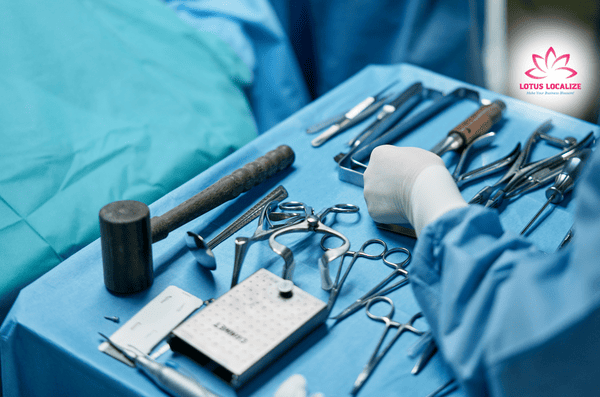
Ambiguities in source text
Original patent documents may contain ambiguities that are intentional (to broaden claim scope) or unintentional. Translators must make informed decisions on how to handle them – or know when to request clarification.
Cultural and linguistic differences
Some languages, such as German or Japanese, use a very different logic in structuring information. Translators must bridge those structural gaps while preserving legal validity.
Varying patent office standards
The same patent may need to be adapted differently depending on whether it’s submitted to the USPTO (United States), EPO (Europe), JPO (Japan), or SIPO (China). Terminology, formatting, and style guidelines all vary.
Mistakes to avoid in medical patent translation
If you’re managing global patent filings, here are common red flags to avoid when it comes to translation:
Literal translation without legal consideration
Patent language is a hybrid of legal phrasing and scientific exposition. Word-for-word translation often distorts claim scope or introduces ambiguity.
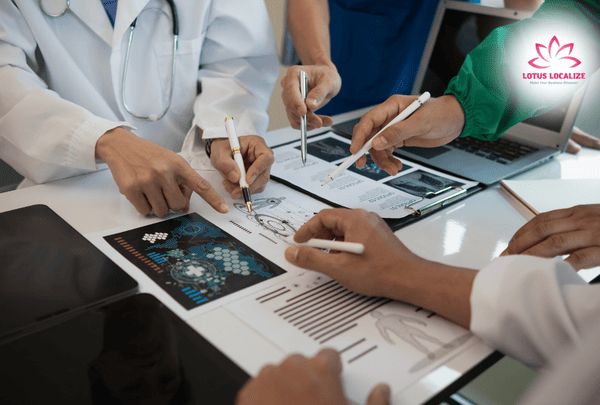
Misinterpretation of compound terms
Many medical terms are compound structures that lose meaning if not broken down properly. A mistranslated mechanism of action could lead to confusion or rejection by patent examiners.
Inconsistent terminology
Using multiple translations for the same term in one document is a common issue — and a major risk in legal contexts. A term glossary or termbase must be used throughout.
Failure to localize for jurisdiction
Different countries require different claim formats, numbering conventions, and terminology. Using a “one-size-fits-all” translation may lead to rejection in one or more markets.
How to choose the right provider for medical patent translation
Selecting a qualified translation provider is critical to protecting your intellectual property across borders. Here’s what to look for:
- Relevant experience: Choose vendors who have translated medical patents in your therapeutic area — whether it’s pharmaceuticals, diagnostics, or medical devices. Familiarity with similar inventions ensures accuracy and relevance.
- Bilingual legal-medical expertise: Translators should have proven knowledge in both patent law and medical science. It’s not enough to understand the language — they must grasp the technical and legal implications of each term.

- Jurisdiction-specific adaptation: Ensure the provider can tailor translations to meet the formatting, terminology, and stylistic requirements of each target patent office (e.g., USPTO, EPO, JPO). One-size-fits-all won’t work in patent filings.
- Specialization over generalization: Avoid generalist freelancers or agencies. Medical patent translation is a niche service requiring years of experience — not something that can be improvised.
- Verified quality standards: Ask for ISO certifications such as ISO 17100 (translation quality) or ISO 13485 (medical documentation), along with signed NDAs to ensure confidentiality and compliance.
The right partner doesn’t just translate your patent — they protect your innovation, ensure faster approvals, and help you enter new markets with confidence.
Medical patent translation is not just about converting text — it’s about preserving your invention’s value in every jurisdiction you operate in. It demands specialized expertise, legal precision, and a deep understanding of how language can affect IP strategy.
A weak translation can cost you months, millions, and market share. A strong one accelerates your approval process, strengthens your global IP protection, and gives your innovation the reach it deserves.
Invest once — and protect globally.
Lotus Localize offers professional translation services for various specialized industries: life sciences translation, technology translation, manufacturing translation, e-learning translation, legal translation, marketing translation… ensuring your message resonates—whether in writing or speech. Let us help you bridge linguistic gaps and connect with audiences worldwide. Contact us today at our hotline or Whatsapp: + 84 866 224 968 or visit the websites: dichthuathoasen.com/en/. Let Lotus Localize accompany you in bringing products, people, and culture to the global stage, and together, we’ll create miracles!
QUALITY PROMISE
At Lotus Localize, we are dedicated to delivering high-quality services and ensuring the utmost satisfaction in every client project. Our team of translators and staff consistently exert effort and adhere rigorously to quality management procedures. This commitment guarantees that each project progresses seamlessly, meets deadlines, and exceeds our clients' expectations.
